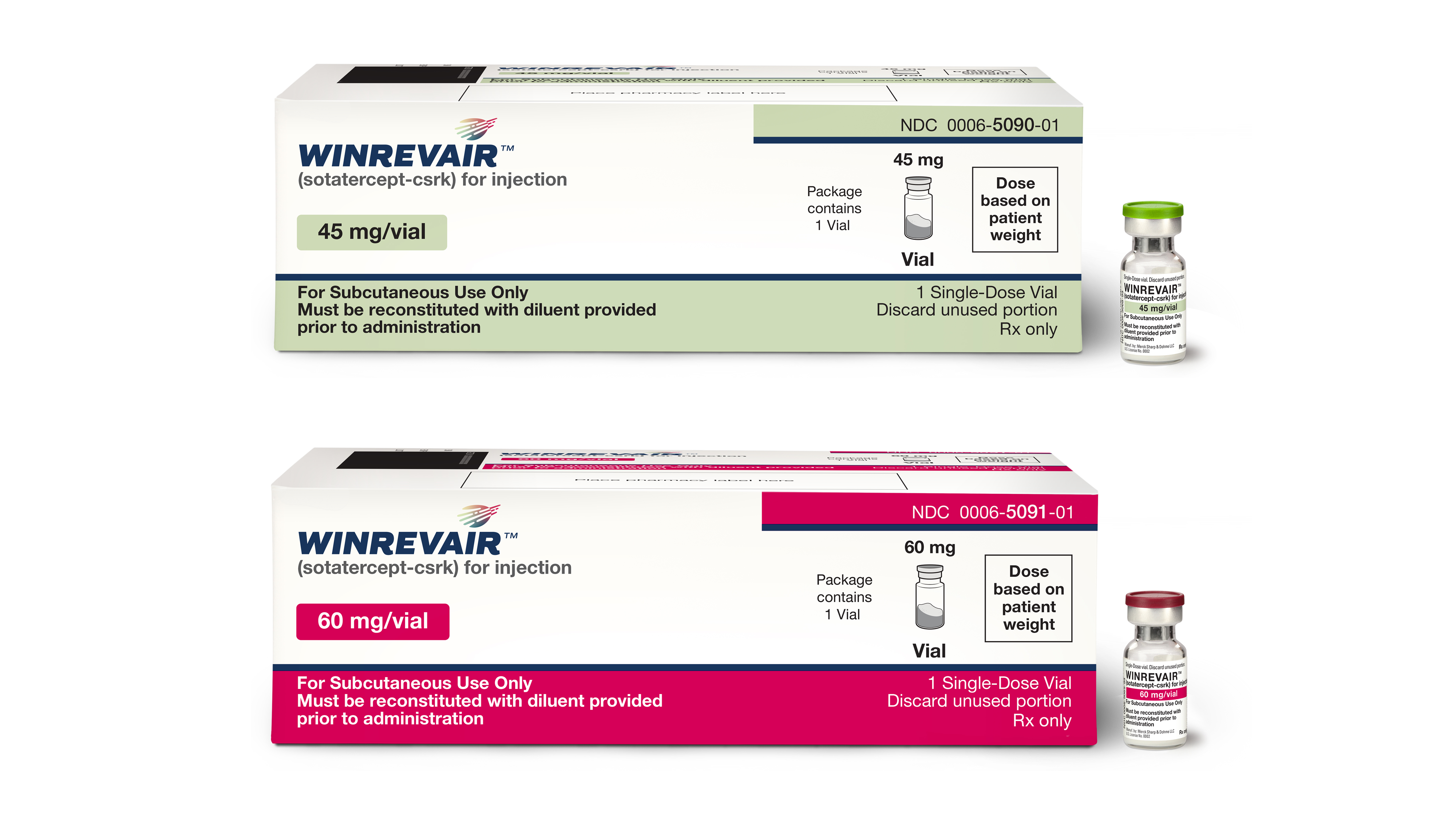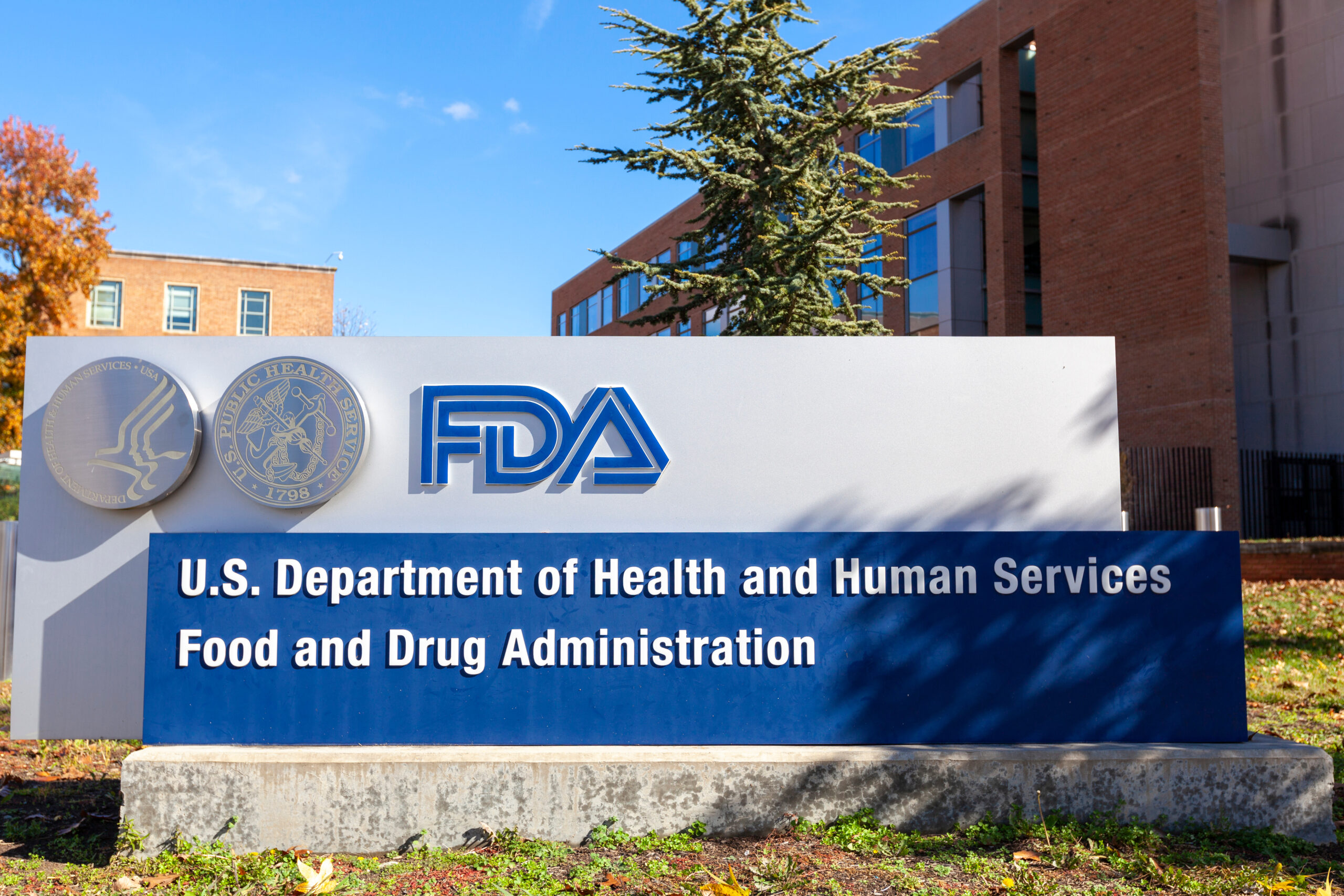A new cancer dependency map, developed by researchers at the Broad Institute of MIT and Harvard, and the Dana-Farber Cancer Institute, has identified over 760 genes which could be potential drug targets for future anti-cancer therapies. The genes code for proteins and other essential cellular components that cancerous tumors rely upon for growth and development.
According to the researchers – whose findings were published in the journal, Cell – most of the genetic dependencies identified are cancer type-specific. They did, however, identify some critical genes that are common across all cancer types, which could support development of broad-spectrum cancer therapies.
In identifying these genetic dependencies, the researchers used genome-wide RNA interference (RNAi) screens. One by one, they silenced over 17,000 genes in each of 501 cancer cells lines to find the unique set of dependency genes present in over 20 distinct forms of cancer.
Genetic mutations which accumulate in cancer prompt the cells to modulate the activity of other genes to compensate for the loss of integral functions. Cancer cells often become dependent on this abnormal expression of specific genes, offering drug developers the chance to design therapeutics which target a cancer’s weakness.
“Much of what has been and continues to be done to characterize cancer has been based on genetics and sequencing. That’s given us the parts list,” said study co- author Dr. William Hahn, an institute member in the Broad Cancer Program, chief of the Division of Molecular and Cellular Oncology at Dana-Farber. “Mapping dependencies ascribes function to the parts and shows you how to reverse engineer the processes that underlie cancer.”
Hahn is one of the leaders of the Cancer Dependency Map initiative, a joint effort by the Broad Institute and Dana-Farber. The initiative includes a number of projects, including the Cancer Cell Line Factory, a project aimed at creating appropriate cell line models for every major type of cancer to support drug research and development.
“The simplest thing one can do with perturbed cells is allow them to keep growing over time and see which ones thrive,” said study co- author Dr. David Root, an institute scientist and director of the Genetic Perturbation Platform at the Broad Institute. “If cells with a certain gene silenced disappear, for example, it means that gene is essential for proliferation.”
Of all the dependencies identified by the researchers, 20 percent had previously been pinpointed as potential drug targets. Eighty percent of the dependencies were associated with changes in gene expression, including both up-regulated genes and down-regulated genes.
“I think we’re close to the end of finding genes that are mutated or focally amplified in cancer,” said Hahn. “To me, that’s a huge opportunity, because it means we have many heretofore untapped avenues for understanding cancer.”












Join or login to leave a comment
JOIN LOGIN